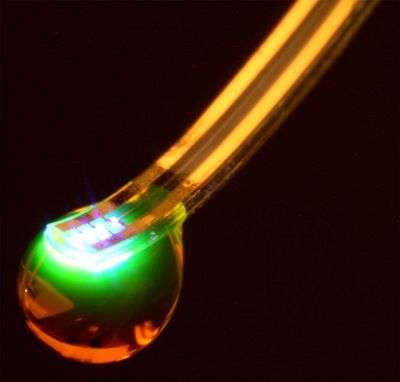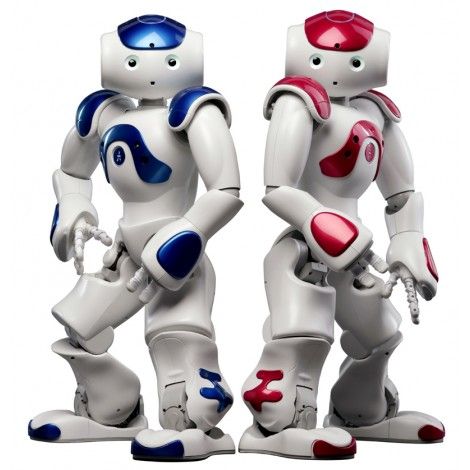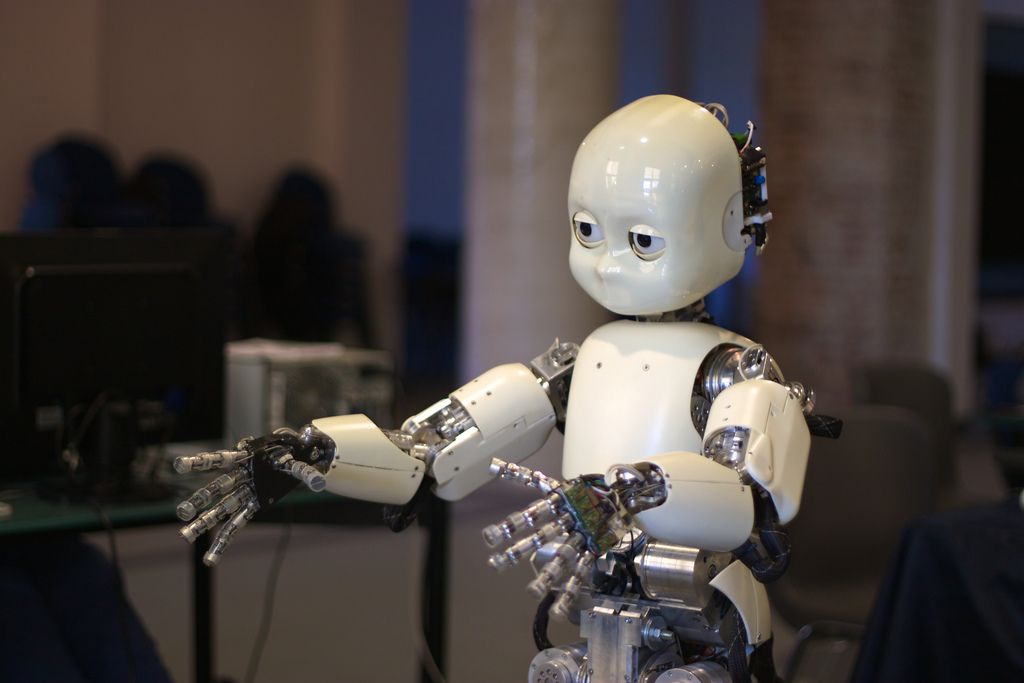Small but powerful tool provides manipulation of mice’s neural networks.



At the 5-star Henn-na Hotel in Japan, robots welcome guests at reception, carry their bags and even do the cleaning.

A trio of Nao robots has passed a modified version of the “wise man puzzle” and in so doing have taken another step towards demonstrating self-awareness in robotics. The feat was demonstrated at the Rensselaer Polytechnic Institute in New York to the press prior to a presentation to be given at next month’s RO-MAN conference in Kobe, Japan.

It’s nothing to get too excited or alarmed about, but a robot has passed a modified version of the classic King’s Wise Men Test. It’s another classic case of simulation rather than emulation, but the experiment shows how artificial self-awareness can be programmed into our technology.

“‘The solution is to have people become better people and use technology for good,’ she said. ‘Texting is dangerous. People text while driving, which leads to accidents, but no one says, ‘Let’s remove texting from cell phones.’” Read more

Businessman insists hotel, with no human workers, is not a gimmick and will cut operating costs.

“Since robots don’t have responsibility, humans are the ones responsible for what robots do. However, as robots become more prevalent, it will increasingly appear as if they actually have their own autonomy and intentions, for which it will seem they can and should be held responsible.” Read more
The worlds most advanced chatbot?
A peek at the early days of the Quantum AI Lab: a partnership between NASA, Google, USRA, and a 512-qubit D-Wave Two quantum computer. Learn more at http://google.com/+QuantumAILab.

If you use Google’s new Photos app, Microsoft’s Cortana, or Skype’s new translation function, you’re using a form of AI on a daily basis. AI was first dreamed up in the 1950s, but has only recently become a practical reality — all thanks to software systems called neural networks. This is how they work.